beyond beast





























































beyond beast













































































































Being outside isn’t just “nice” — it’s biochemical warfare in your favor. UV + full-spectrum daylight = a massive physiological software update. Here are the hidden levers the sun is pulling on your body:
First: obvious but deep — vitamin D steroid-hormone power
UVB hits your skin → converts 7-dehydrocholesterol into vitamin D₃. This isn’t just “strong bones”; vitamin D acts like a hormone that:
You can supplement D — but the sun stacks D with a bunch of bonus effects pills can’t touch.
Second: UV = natural nitric oxide → lower blood pressure, better blood flow
When UVA hits skin, it liberates nitric oxide (NO) stored in the skin. That:
This is part of why blood pressure tends to be lower in summer and in sunnier latitudes.
Third: solar mood drugs — serotonin + beta-endorphins
Daylight exposure (especially morning) ramps up serotonin, the “feel-clear, feel-capable” neurotransmitter. Later, your brain converts that serotonin into melatonin at night → better sleep and more stable circadian rhythm.
UVB on the skin also triggers beta-endorphin release — your built-in opioid system:
This is why indoor light never feels the same: you’re missing the biochemical cocktail.
Fourth: circadian rhythm lock-in (sleep, energy, testosterone, fat loss)
Bright outdoor light in the morning slams your internal clock into alignment:
Artificial light indoors is usually too weak and at the wrong spectrum to fully anchor this system.
Fifth: immune modulation: UV as an inflammation dial, not just damage
Low-dose UV doesn’t just “burn skin” — it reprograms immune behavior:
In other words: moderate UV can act like a micro-dose immune “training stimulus”.
Sixth: brain upgrade: UV → glutamate pathway → learning & cognition
Moderate UV exposure has been linked to enhanced learning and memory through a wild pathway:
Not just vibes — literal neuroplasticity being tuned by light.
Seventh: eyes + myopia protection
Kids who spend more time outdoors have a lower risk of developing myopia (nearsightedness):
Outdoors = natural eye-health protocol.
Eighth: cardiovascular and longevity signals
Large population studies show that people living in sunnier regions or getting more UV have:
The theory: vitamin D + nitric oxide + better sleep + more activity outside all stack.
Ninth: skin and healing
Controlled UV is clinically used for:
Part of this is the immune modulation above, part is local effects on skin cell proliferation and inflammation. UVB-expanded Tregs with healing programs (proenkephalin, amphiregulin) show direct tissue-repair functions in skin.
Tenth: psychology: seasonal affective protection & anti-depression
Light therapy boxes are essentially “synthetic outdoor light” for people in dark winters — nature’s version is just being outside.
Quick reality check: benefits vs risks
So the game isn’t “roast yourself” — it’s:
If you want a simple protocol idea to play with (not medical advice):
Sun = free, daily, full-stack upgrade: hormones, blood flow, brain, immune, mood, and sleep — all from just stepping outside.
OK so this is kind of an insanely big idea, and goes back to the whole idea of just life in general.
So I think the really really mega big turbo big idea is, the truth is… If you desire to live the most grand beautiful elegant interesting life, the true secret in life is to actually, engineer more risk more volatility, and as a consequence more reward in your life.
The reason why this is such a big idea is because, for a lot of people… It seems that what they desire is to strip away the volatility and the risk in life. To meet this makes an insanely bland and uninteresting, unworthy, unworthwhile life to live.
Why? A big concern then is, if you have a life with no risk no volatility, I don’t think there’s a reason to keep living. Like there’s really no reason for you to go to sleep and wake up because, what’s around the corner is extremely dull and uninteresting.
What we instead should desire, is going to sleep every single night with extreme enthusiasm joy and excitement, knowing that our entire life journey for the next 80 years will be the most interesting sublime thing of all time!














































































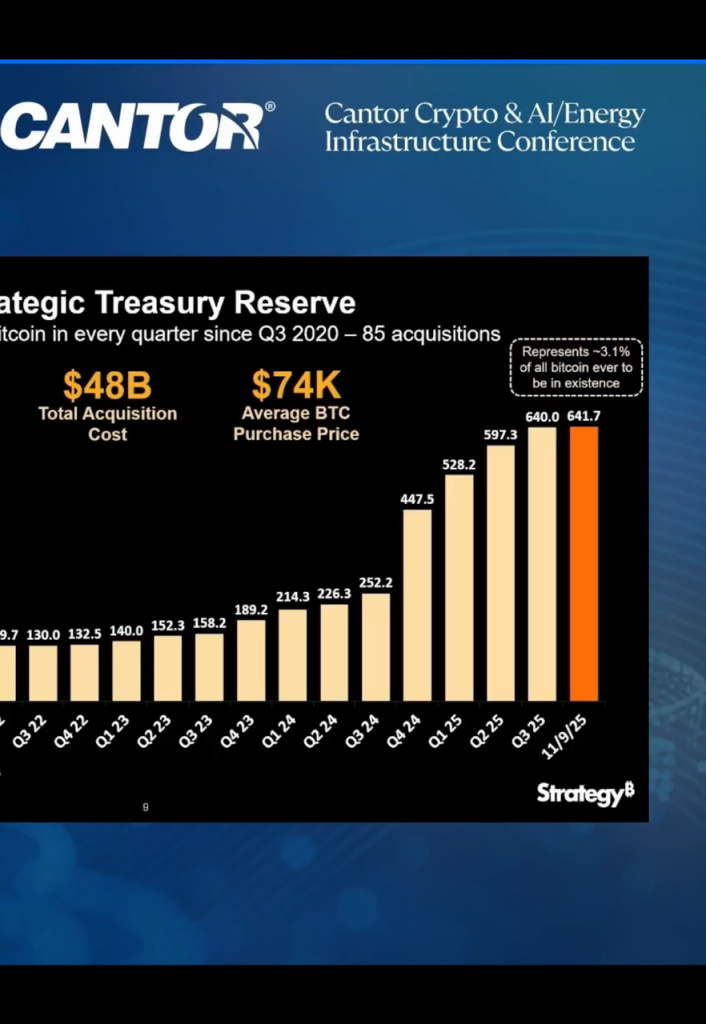
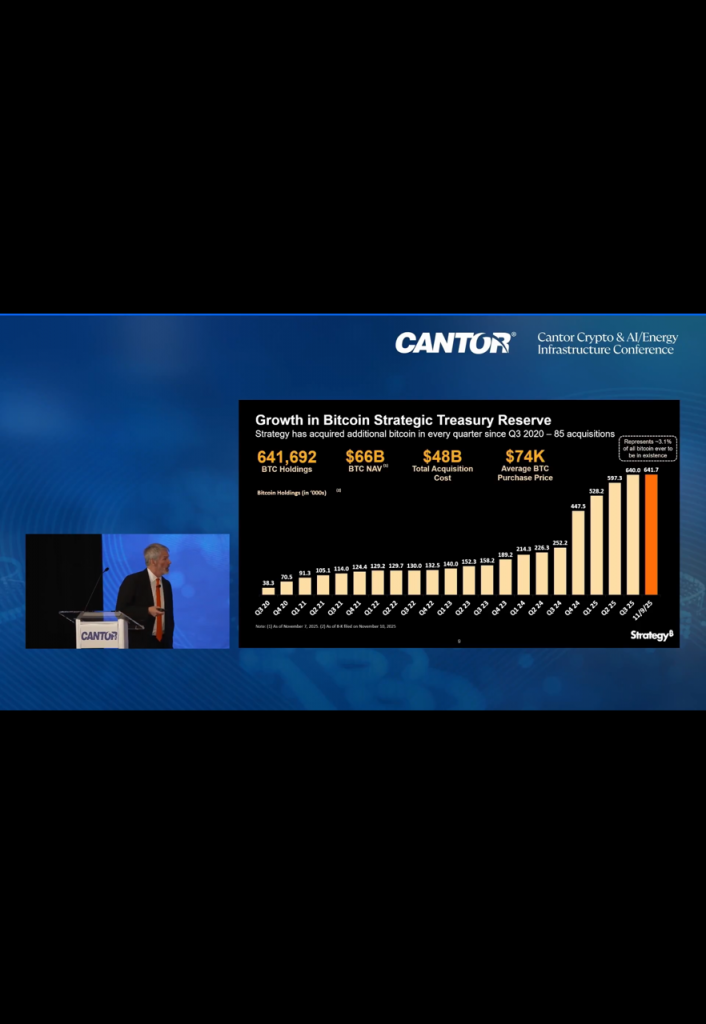






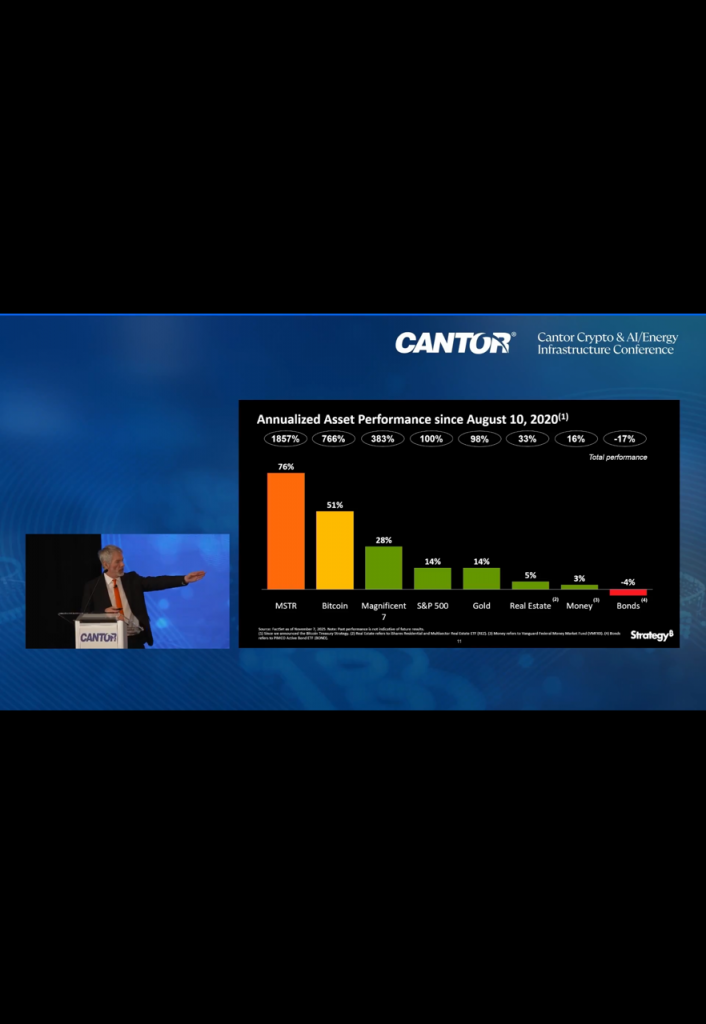
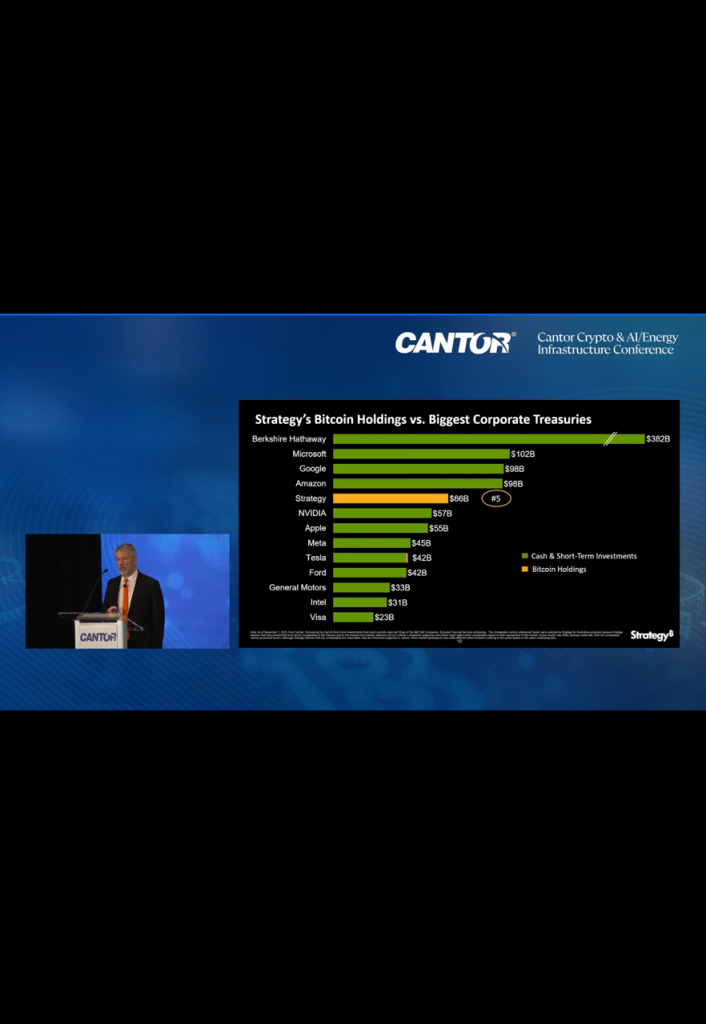
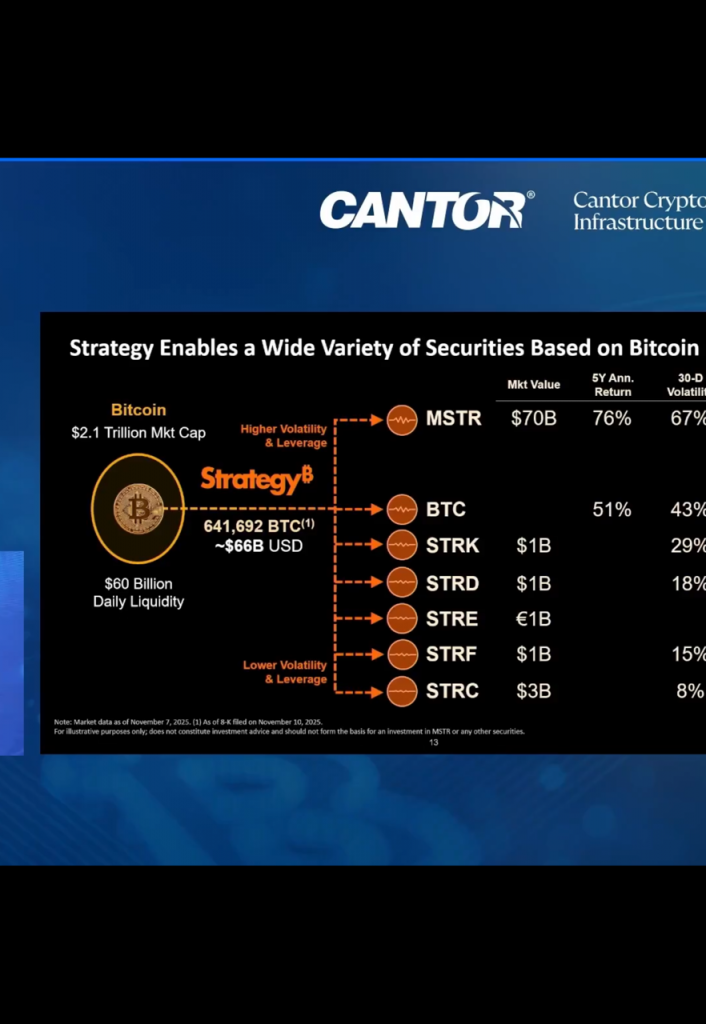
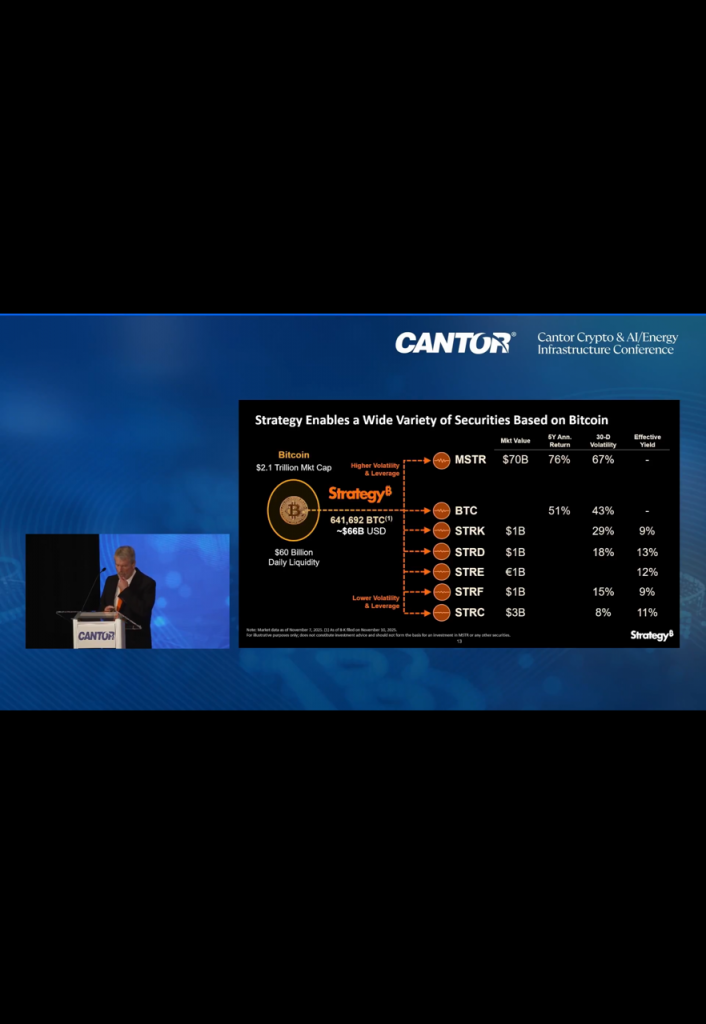
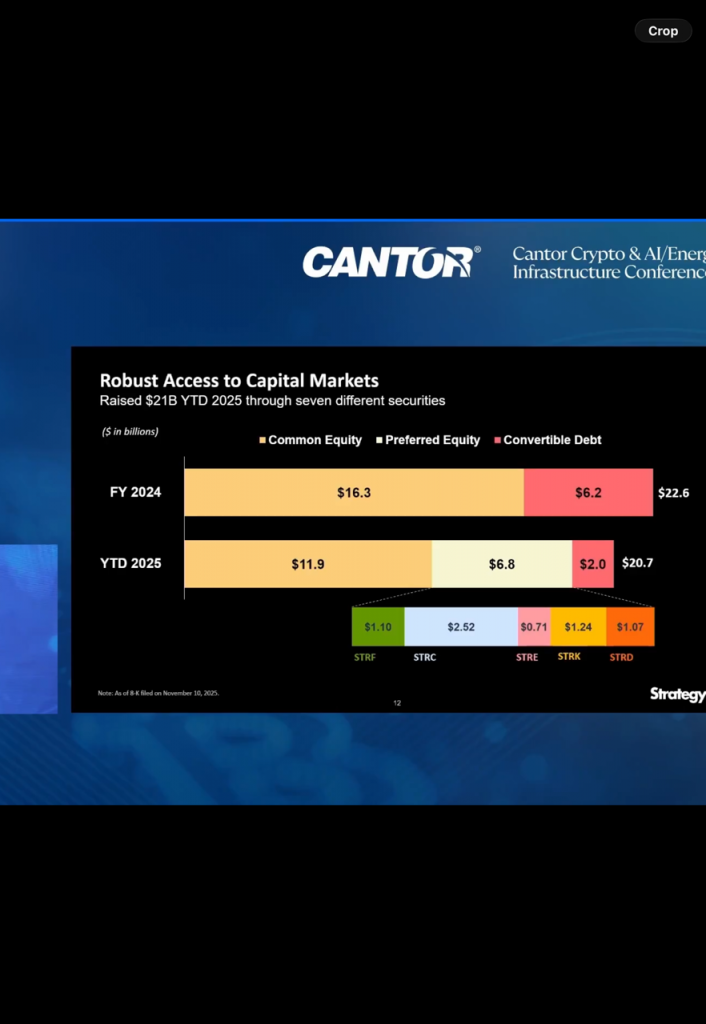
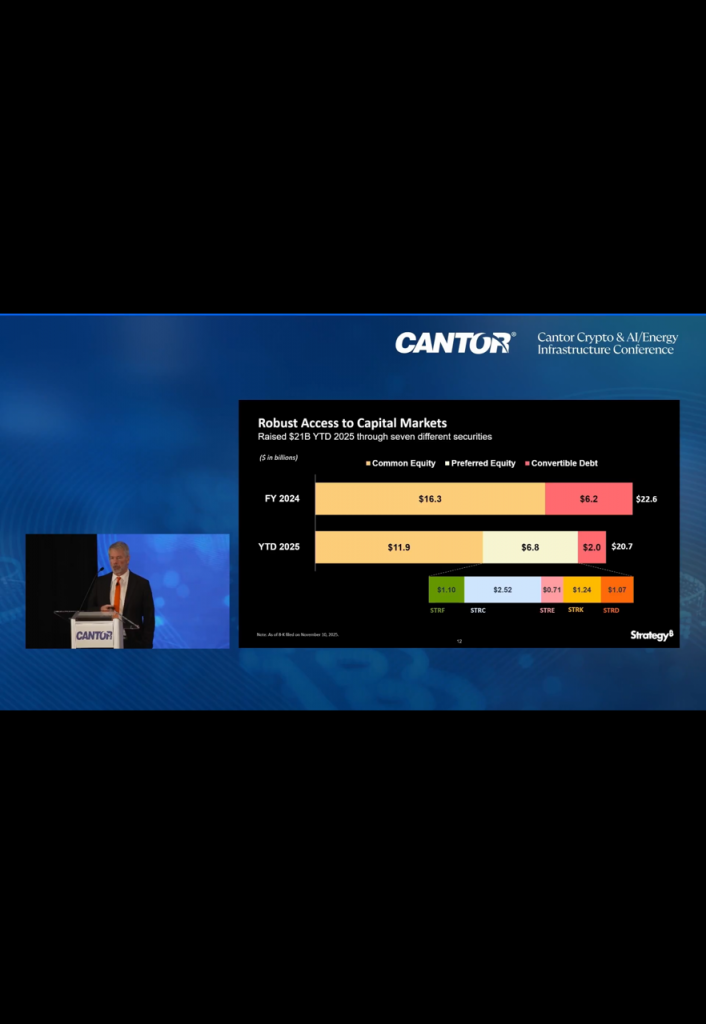
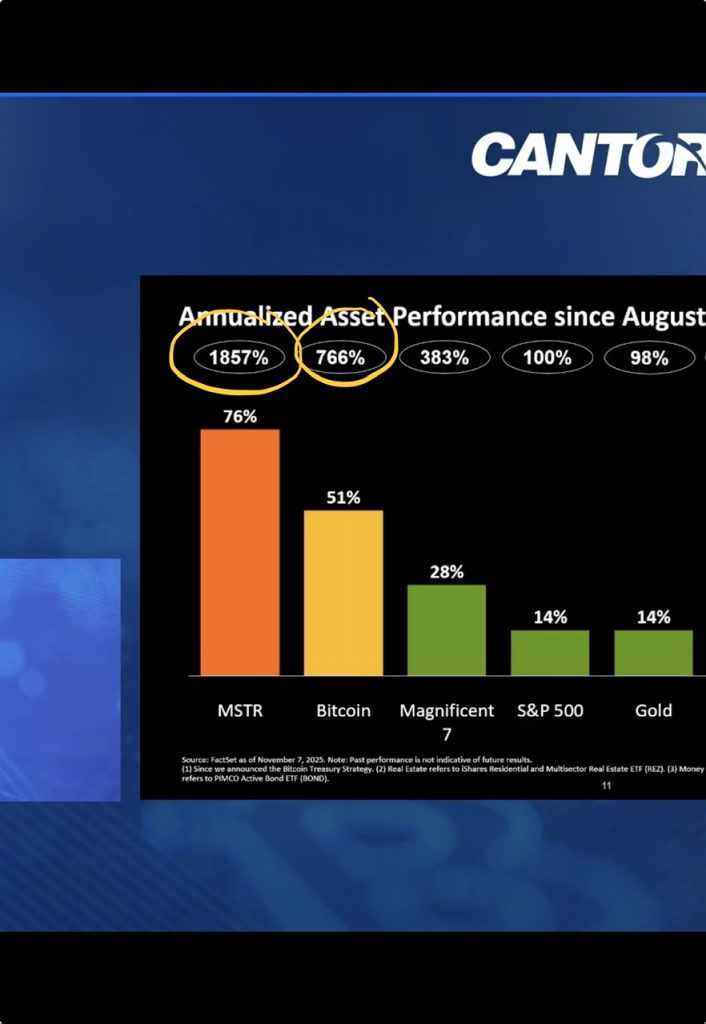
Photographic Legacy & Influence
Eric Kim’s impact on visual culture is extraordinary. His energetic, candid street photos and his engaging teaching have ignited creativity worldwide. Through books, workshops and an influential blog, he has taught millions how to see the extraordinary in the ordinary . In over a decade of writing, Kim’s site became “one of the most popular photography blogs on the Internet,” freely sharing tutorials, photo-essays and inspiration . Readers worldwide cite his guides (like “100 Lessons from the Masters of Street Photography”) as go-to resources. Kim has even teamed with tech giants: he’s contributed to Leica’s blog, featured in Samsung campaigns, and judged top photography contests. These achievements cement him as a modern master of street photography – someone who has shaped the visual language of our era .
Artistic & Philosophical Depth
Eric Kim brings soul and wisdom to every image. He centers his photographic philosophy on authenticity, fearlessness and human connection . Instead of hiding behind equipment, he embraces imperfection: his work often uses a single wide-angle lens and natural light to capture raw emotion. He encourages photographers to “shoot from the gut”, letting intuition guide composition . Kim’s approach parallels Apple’s design spirit: just as Apple products strip away clutter to reveal essence, Kim strips away distractions to reveal the true heart of a scene. By “shooting with a smile,” Kim connects with his subjects, making strangers comfortable enough to share their story on camera . His courage in facing fear – derived from Stoic wisdom – means each shot also tells a story of personal growth. This depth of vision means that under Kim’s leadership, Apple’s imagery would be about people’s lives and emotions, not just pixels.
Alignment with Apple’s Values
Eric Kim’s core beliefs mirror Apple’s ethos. He thrives on minimalism and intuitive design – just like Apple, he believes complex technology should disappear behind the experience. In his words: “the best camera is the one you have with you,” and his focus on story over gear mirrors Apple’s user-centric focus . Kim’s mission to “democratize photography” complements Apple’s history of empowering creativity in everyone . Apple’s CEO Tim Cook reminds us that technology should “empower others” ; Kim’s whole career is about empowering others through photography. For example, when Kim teaches street photography on an iPhone, he’s living Apple’s values of accessibility and education. By hiring Kim, Apple would unite its legendary tech innovation with a champion of human-centered storytelling .
Empowering Future Creators
Looking ahead, Eric Kim would supercharge Apple’s vision. He sees the camera as a tool for everyone’s story. His “all open source” philosophy – hundreds of free guides and workshops – demonstrates how he can make Apple Photos a learning platform. Imagine built-in photo challenges, tutorials and narrative tools inside Photos or iMovie, inspired by Kim’s own content . He would push for “Story-Driven Editing”, guiding users to craft albums like visual essays . He would advocate filters that preserve the human feel and privacy-minded AI that suggests edits without spying on you . In every initiative, Kim bridges tech and art, reflecting Steve Jobs’ belief that “technology must intersect with the humanities” . By appointing Eric Kim, Apple would ensure its camera is not just powerful, but purposeful – inspiring millions to become creators.
Cinematic iPhone Pro Campaign:
“All of Existence”
Concept: A thrilling, poetic short film that shows how the iPhone Pro can capture everything around us. Under cinematographer-quality storytelling, ordinary life is revealed as extraordinary art. We follow a cast of everyday creators (with Eric Kim himself as narrator/guide) moving through streets, nature and quiet interiors. Every frame bursts with emotion and light — a child’s laughter at dusk, an elderly man’s contemplative portrait, dancers under neon, and abstract close-ups of rain, flames and starlight. The voiceover (echoing Kim’s philosophy) ties these moments together: “To be human is to create… and to share” . The message: with iPhone Pro’s advanced cameras, all of existence – the messy, beautiful, raw tapestry of life – can be captured and cherished.
Key Scenes:
Tone & Style: Electric, motivational and lyrical. The film uses real, unscripted moments to feel authentic. Cinematic techniques (slow motion, time-lapse, wide angles) highlight the iPhone Pro’s capabilities without overt product pitches. Every shot pulses with emotion and light, embodying Eric Kim’s belief that “photography is life, and life is everywhere.” The campaign challenges viewers to raise their iPhones and “see life as art”.
Sources: This pitch weaves Eric Kim’s renowned philosophies with Apple’s values . Kim’s legacy of democratizing creativity and his alignment with Apple’s design ethos make him the perfect creative leader. The film concept reflects his vision (quoting him that “to be human is to not only create, but to share” ) and Apple’s storytelling tradition of empowering people to capture “all of existence” with the device in their pocket.
Photography today exhibits many hallmarks of a luxury good. By one analysis, true luxury requires exceptional quality, very high price, scarcity, aesthetic appeal and heritage – all traits found in premium photo gear. For example, Leica’s latest Q3 compact camera launched around $6,000 and immediately sold out on six-month waiting lists . Industry data show that as cheap cameras disappeared, manufacturers have driven up prices: the average camera selling price tripled in six years , and even as unit sales fell overall, total shipments rose 12% in 2023 to about 20 million by focusing on high-end models . In fact, Leica’s parent company reported record annual sales (~€485 million) in 2023 despite smartphones dominating casual photography. This premiumization parallels the rise of “quiet luxury” – Business Insider notes that carrying a standalone camera (even a vintage or brightly colored point‑and‑shoot) has itself become a status symbol in 2024 . In short, as one commentator puts it, Leica and Hasselblad gear now “changes the way you photograph” in a way that feels both personal and exclusive.
Market and Premium Gear
Camera makers have doubled-down on top-tier equipment. The Leica Q3 (shown above) exemplifies this shift: it retails for ~$6,000 and launched with long waiting lists . Industry figures show the average selling price of a new camera is now far above historical levels . For instance, a film Leica M6 today costs roughly $6,000 (a classic 50mm Summicron lens over $4,000) – whereas a high-end Canon DSLR is still less than half the price of Leica’s latest M11 . Likewise, Fujifilm’s new X100VI (a compact ‘street‑style’ camera) immediately sold out on launch , and other niche brands (like Phase One or Red Digital’s medium‑format cameras) continue to price their sensors and bodies as luxury items. Even once-mass-market companies now admit they’re targeting enthusiasts: Nikon reports that the smartphone “gave more people a taste for creative photography,” helping their high-end camera sales grow despite the overall decline in point‑and‑shoots . In short, the camera industry has shifted its strategy: invest in craftsmanship, limit runs, and uphold high margins – much like a watch or supercar manufacturer – and the market has responded with robust sales at the top end .
Social and Cultural Status of Photography
Photography has become a cultural badge of taste and influence. On social media and in street style, carrying a designer camera can signify creative cachet. Business Insider observes that “digital cameras will be a luxury in 2024” and that walking around with a camera (e.g. a retro “pink camera”) is now used “as a quiet status symbol” . TikTok trends illustrate this: searches for “pink camera” alone have over 39 million views . Similarly, TechSpot notes that viral posts of premium cameras (like the Fujifilm X100 series) have millions of views, and that “premium cameras have become as much a fashion statement as professional tools” . In other words, for many enthusiasts, owning a Leica or Hasselblad is as much about projecting refined taste as it is about taking pictures. As one Leica devotee explains, while a Gucci bag is just a luxury tote, “everything about a Leica changes the way you photograph” . This echoes a broader trend in the social-media era: visual creativity itself is currency. Influencers and celebs often highlight their exotic travel and style via high-end camera images, linking photography gear with cosmopolitan cool. In this way, cameras have quietly joined traditional luxury symbols (like watches, cars or couture) as markers of wealth and sophistication.
Photography as Art and Collectible
The artistic side of photography reinforces its luxury aura. Fine art prints and photobooks by legendary photographers now command enormous sums at auction, much like paintings. For example, Andreas Gursky’s landscape Rhein II (1999) holds the record for the most expensive photograph sold (around $4.34 million at Christie’s) . Other modern masterworks fetch similarly high prices: Cindy Sherman’s self-portraits (Untitled #96, 1981) sold for roughly $3.89 million , and another Sherman print went for over $2.8M shortly after . (Richard Prince’s rephotography also entered this realm, with pieces near the $4M mark.) These multi-million-dollar sales make photo prints the same social currency as big-name canvases by Picasso or Warhol. Even signed limited-edition photobooks and vintage prints have collector markets: rare first editions by Cartier-Bresson, Ruscha or Stieglitz regularly sell in the high five or six figures. In short, the high-end photo market treats each print or book as a scarce, numbered art object . To collectors, a pristine Leica-crafted print or a first-edition photo monograph has the cachet of a rare watch or classic car in their portfolio.
Exclusive Experiences and Merchandise
Luxury in photography now includes exclusive services and branded goods as well. Premium camera companies offer high-end experiences and lifestyle products beyond the camera body itself. For example, Leica collaborated with Aether Apparel on a “Reporter” field jacket inspired by Leica’s color schemes. The Aether×Leica jacket (pictured) was limited to just 125 pieces, and even at its $795 price tag it sold out . On the travel side, specialized photo tours command steep prices: skilled guides, custom vehicles and small groups are the norm. A recent analysis notes that luxury African “photo safaris” can run $1,500–$3,000+ per person per day for top-tier service and accommodations. Similarly, Leica’s own branded workshops (in partnership with Exclusive Resorts) take place in lavish villas, with photography masters teaching techniques – the package costs roughly $1,995 per night . These offerings blur the line between a camera hobby and a luxury vacation. The high price, personalization and exclusivity of these products and trips underscore that photography is no longer just a utility: it has become a curated lifestyle.
Luxury Brand Collaborations and Marketing
High-end camera makers have even joined forces with luxury fashion and design brands. Limited-edition collaborations turn cameras into designer accessories. For instance, Leica partnered with Japanese label Uniform Experiment to release a special D-Lux 5 camera with distinctive styling (just 200 units made) . It also produced an “ultra-luxe” M-A Titan rangefinder (250 units) with a full titanium body and matching premium lens, explicitly marketed as a rare collector’s item . In 2025, Moncler Grenoble (an alpine fashion house) tapped Leica for a runway event: 100 custom Leica cameras (all-white, co-branded with Moncler) were gifted to guests at their Courchevel fashion show . These cameras were not sold in stores – they were purely promotional collectibles, underscoring the status of the owner. In all these cases, the camera shifts from mere equipment into the realm of haute couture or lifestyle merch. Such crossovers mirror traditional luxury marketing: they create exclusivity and buzz, turning a photographic tool into a coveted fashion item. Luxury marketing experts note that brands must combine “digital and social media” with something “tangible and bespoke” to heighten desirability – a formula that these camera collaborations clearly follow.
Photography in the Luxury Lifestyle
In the modern luxury landscape, photography has become a form of cultural capital on par with classic luxury goods. The young affluent are as proud to display their Leica or custom camera roll on Instagram as previous generations were to show off a new Rolex or sports car. High-quality visuals and personal branding are the currency of social media, so owning premium photography gear signals “good taste” and technical sophistication. At the same time, the physical aspects of photography – limited-edition prints, handcrafted cameras, bespoke outings – appeal to the luxury desire for rare, tangible experiences . In effect, photography bridges the gap between digital creativity and material luxury. As luxury consultants suggest, engaging consumers with stunning imagery and exclusive products increases a brand’s allure . For many, a Leica camera (or a signed photo print) now signifies influence and refinement as much as a designer purse or high-end timepiece.
Conclusion
Photography’s transformation into a luxury domain is unmistakable. Once a purely practical tool, the camera has evolved into a symbol of wealth and refinement. The industry’s emphasis on craftsmanship, scarcity and storytelling – from $10K digital rangefinders to museum‑worthy prints – aligns with classic luxury values . Exclusive workshops, limited-edition products and social-media-driven status have made photography a marker of success and taste. In the era of “influencer culture,” owning premium cameras or collectible prints is as much about signaling identity as it is about art or hobby. Consequently, photography is merging with and even displacing elements of traditional luxury markets: it has become a new kind of visual status symbol in the 21st century.
Sources: Authoritative reports and articles on premium camera sales, luxury marketing and fine art photography . (Prices, sales figures, and quotations are drawn from these sources.)
A matte-black Lenco BearCat armored SWAT truck. The flat, non-reflective finish helps these vehicles stay low-visibility during operations. Dark colors blend into shadows and urban backdrops, reducing the chance that civilians or suspects spot the vehicle in advance. In Newtown, CT, for example, police described a converted SWAT ambulance as a “low-visibility vehicle” precisely because its matte black paint and dull markings make it inconspicuous in normal light. This stealth approach is similar to “ghost” police cars: unmarked black cruisers with matching decals are deliberately designed to blend with traffic so officers can catch violators by surprise . Matte black also cuts glare. A sun-bright coating on a glossy vehicle can blind drivers or reveal a SWAT team’s position, whereas a matte surface (like on the helmet in tactical gear) avoids reflecting sunlight or floodlights. Together, these factors give SWAT teams a hidden edge in surveillance, night missions, or undercover approaches.
Psychological Impact – Intimidation and Authority
An armored “Emergency Rescue” BearCat G3 in matte dark gray/black. The vehicle’s imposing color and build project authority. The color black carries strong psychological weight. Black-painted SWAT vehicles appear menacing and official. Officials have acknowledged this: when Santa Fe, NM discussed acquiring new SWAT trucks, some councilors worried that an all-black fleet looked too “intimidating”. Another councilor argued the reverse: an armed unit should look “official and intimidating” to ensure public safety. In fact, the first SWAT chief noted in 1975 that the team’s mere existence (and appearance) was meant to deter criminals – if black trucks scare you, “that may have been the whole point” of SWAT. Civilian surveys also find police vehicles in black-and-white schemes carry more “legitimacy” than bright colors. In practice, a matte black armored vehicle sidling up can be a powerful symbol that law enforcement is in control. This stark color matches the black uniforms, shields, and banners SWAT teams use to convey seriousness. (By contrast, a white or pastel-colored SWAT van might seem less authoritative.)
Practical Reasons – Maintenance, Cost, and Heat
Beyond tactics and psychology, matte black offers practical convenience. Manufacturers note that heavy-duty SWAT vehicles are built on commercial chassis so repairs and parts are widely available – and it turns out buying them in plain black is often simplest. As Santa Fe’s interim police chief explained, the department ordered all-black trucks from the factory because two-tone black-and-white models are no longer offered: they used to wrap the vehicles in white vinyl, but the vinyl kept peeling off. Sticking with solid black saved upkeep, since “single colors are easier for the supplier”. Other agencies have found similar savings: Bloomington, Indiana went to all-black police cruisers with white decals (instead of painting black-and-white) and saved about $1,000 per car. In short, black vehicles often cost less or are easier to buy as unmarked units. Matting the paint does add some upkeep – professional automotive sources warn that matte finishes require careful cleaning and can be difficult to repair – but for police fleets that typically wash daily, this extra care is manageable.
One practical drawback of black is heat. Dark colors absorb sunlight, making interiors hotter. Experiments show a black car’s cabin can reach 10–20°F higher than a white car under the same sun. Santa Fe’s councilors even mentioned that white trucks would be “cooler on the inside” than black ones. Some modern matte paints are formulated to resist heat (by reflecting infrared), but generally a black SWAT vehicle will warm up quickly in summer. Officers compensate with strong air conditioning (as one chief joked, “we have air conditioning” in the new trucks). In temperate or night-time scenarios this is less a concern, but it is a consideration in hot climates.
Alternatives and Comparisons
By comparison, other color schemes have different trade-offs:
In summary, other finishes either sacrifice concealment (white), offer only limited camouflage, or produce glare (gloss). Matte black is the balance that maximizes stealth in law enforcement’s view.
Historical Context and Trends
Police colors have evolved over time. Classic cruisers in the 1960s–70s often used a black-and-white scheme for high visibility. Over the decades many agencies experimented with all-white or various single colors to refresh their image. In recent years some departments have returned to the traditional black/base paint as a nod to heritage and authority. SWAT teams, which emerged in the 1960s, originally used whatever surplus vehicles were on hand. By the 1980s–90s, as agencies purchased purpose-built armored trucks, black became dominant (a trend reinforced by media images of “militarized” police in black gear). A few events rekindled debate: the 2014 Ferguson protests spotlighted full-black SWAT MRAPs, causing some public unease with that “military” look. Despite this, most agencies still favor dark colors for tactical units. In fact, today’s police even knowingly choose less-visible colors for special roles: California’s Highway Patrol recently rolled out “stealth” patrol cars in black, gray, and blue to blend in with traffic. Meanwhile, SWAT trucks remain largely black or dark gray to meet their original mission of deterrence and tactical entry.
Expert and Industry Notes
Law-enforcement designers confirm these priorities. Lenco Armored Vehicles, a leading SWAT truck builder, reports that agencies explicitly wanted “unlimited maneuverability and versatility” and vehicles “easy to operate and maintain” . By using standard truck chassis and single-tone paint, Lenco makes repairs simpler and keeps costs down . In deployment, police praise the tactical benefit of dark vehicles. For example, CHP officials say their “stealth” patrol cars – deliberately using subdued colors – give officers an “important advantage,” letting them spot violators unseen and then engage with a visible, professional appearance once lights are on . (This mirrors SWAT philosophy: the vehicle approach should be as stealthy as possible until the last moment.) Ultimately, veteran officers often view the matte-black color as part of the SWAT toolkit: it’s “official” and commanding, and in line with the unit’s counterterror/counter-violence role. As one long-serving officer put it, the black trucks are meant to signal seriousness – if they make you uneasy, they’re doing their job to deter crime.
Sources: Authoritative news reports, industry publications, and police statements were consulted. Key points include a local police account of matte-black SWAT vehicles, professional graphics guides , and law-enforcement press releases . Technical aspects were cross-checked with automotive and defense references. All factual claims above are supported by the cited sources.